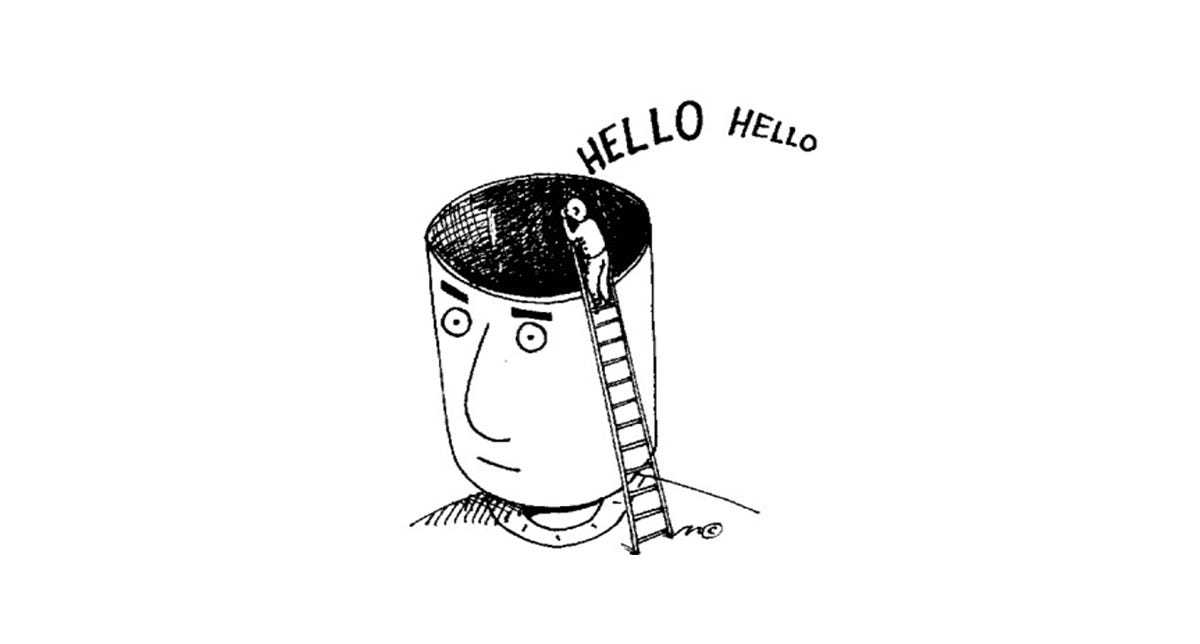👋 Hey, I’m Tina. I’m glad you’re taking this moment to slow down with me. Each time I go deep into topics that will help you design better products and nurture your career.
In this edition, we will touch on something every designer faces at some point: dealing with a creative block.
If you’ve done creative work before, you’ve probably been there.
It’s this nail-biting, head-banging frustration that starts to take over your mind. Creative block can feel paralyzing. It is a common experience among creatives, yet when met alone, it cripples in with a seed of self-doubt.
It's the point when we are unable to generate ideas or produce work that we find good enough.
You start questioning your abilities and, eventually, turn on your avoidant side.
This year, I decided to face my anxieties and start projects that felt more complex than I had in the past. What happened is that creative blocks became a near-daily occurrence.
This helped me learn a thing or two about navigating them in a way that can still feel good.
Creative block is about growth, not regression.
Creative block is (most likely) a signal of growth.
If there’s one takeaway from this edition: the more creative blocks you overcome, the more you expand your potential. Over time, it becomes easier to recognize these moments as just another part of the process.
Feeling stuck is completely normal. It doesn’t diminish your value or your work. Neither does it mean you’re falling short. Instead, it’s a signal that you’re on the verge of getting better – as long as you keep going.
Things take time
Often, we think we are dealing with a creative block, while in reality, we try to rush tasks that require more time. I noticed that every time I worked on a nerve-wracking project, even for an hour, it got better. When being outcome-oriented doesn’t help, forward your focus toward output.
Give yourself permission to take more time, and rather sooner, you will break the ice.
Reverse energy
Sometimes we think we only need to try harder, but it’s the opposite. When we choose work that naturally aligns with our current energy levels, we’re more likely to enter a state of flow. Go with the project tasks that feel easier or more exciting at the moment. If you struggle with the page layout, go for inspiration.
It means learning to work with your energy, not against.
Create a ‘reverse draft’
Instead of pushing to move forward, try flipping the script and start at the end. Picture your project as if it's already complete – what does it look like? Take a moment to sketch out this vision, capturing as much detail as possible. This could be a drawing, a list, or even a rough mockup.
Once you have this destination in mind, reverse-engineer the steps needed to get there. Break the project down into manageable milestones, identifying what must happen just before the final stage, and so on, until you arrive at the starting point. By focusing on the outcome, you remove the intimidating blank slate and give yourself a roadmap to follow.
Do something mediocre on purpose
Give yourself permission to create something mediocre – yes, intentionally. When you lower the stakes, you sidestep the perfectionism that often stifles creativity before it even starts. By embracing the idea of making something meh, you strip away the pressure to get it right on the first try.
This freedom opens the door for experimentation and play. Ironically, it’s in these moments of lowered expectations that inspiration tends to sneak in, sparking ideas you might never have uncovered if you’d been striving for perfection.
Change your environment
Sometimes, a shift in surroundings is all it takes to refresh your mind. The change doesn’t have to be big – it just needs to break the monotony of your usual workspace. For me, nothing beats a cozy internet café on the other side of the street or a co-working space near the office.
When you're away from your usual tools, distractions, or habits, you’re less tempted to drift off.
Find a sense of play
Play reconnects you with the joy of the process. It’s easy to lose sight of why you started when you're caught up in deadlines or self-doubt. Sometimes we need to unblock ourselves by playing.
Launch a fun side project to let go of rigid structures. Or try the opposite: lean into extreme constraints.
Deliberately limit your tools, colors, words, or time. For example, set a rule to design only for mobile or work within 60-minute spans. Constraints force your brain to innovate and can make daunting tasks feel more playful.
Think of a creative block as a myth that we impose on ourselves to produce better work. Creative block doesn’t mean you can’t design. It means you can’t design well enough to your liking. You still can produce bad work.
And as long as you keep producing bad work, eventually, it will get good.
Get 30+ Notion templates for product design and growth. Buy once and enjoy lifetime access, with regular updates and new templates added!
In case you missed
I like writing about design topics through the lens of my experience. Here are some of my recent LinkedIn posts you might find interesting:
Glossary of design psychology terms
Much love,
Tina Iurkova



